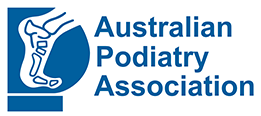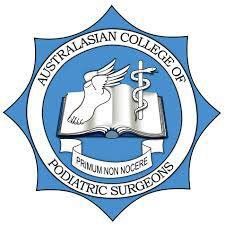YOUR LOCAL PODIATRY SPECIALISTS

Helping you stay comfortable and mobile.
Take a look at the foot conditions we cover, and how we can support you with precise conservative treatment.
GENERAL ASSESSMENT & CARE
A general assessment is an easy and efficient way to ensure you have good foot health.
During your check up, we’ll evaluate the condition and health of your feet. If required, we’ll discuss how you can manage any pain points, share stretching exercises, discuss optimal footwear, and any other relevant care points. We’ll also advise whether any preventative treatments are required and schedule additional appointments if needed.
Annual general assessments are recommended for the whole family. However, they’re even more important for sporting individuals, people with existing foot conditions, or people “on their feet” for the majority of their work day.
ARTHRITIS MANAGEMENT
FLAT FEET
GAIT ANALYSIS & ORTHOSES
HEEL PAIN
ATHLETES FOOT
PLANTAR WARTS
INGROWN NAILS
FOREFOOT PAIN
DIABETES MELLITUS MANAGEMENT
PAEDIATRIC ASSESSMENTS
Our general paediatric assessments are specifically designed for children from as young as 1-2 years through to teenagers.
Our friendly podiatrists are highly experienced with working with children. We help put young ones at ease during their appointment, and even make their Canberra Foot Surgery visit fun!
During your child's check up, we’ll evaluate the condition and health of their feet. If required, we’ll discuss how you can manage pain, share stretching exercises, discuss optimal footwear, and any other relevant care points. We’ll also advise whether any preventative treatments are required and schedule additional appointments if needed.
Children should have a paediatric foot check up every year. However, these general assessments are even more important for active children who play a lot of sport, as well as children with existing foot conditions (for example flat feet).




